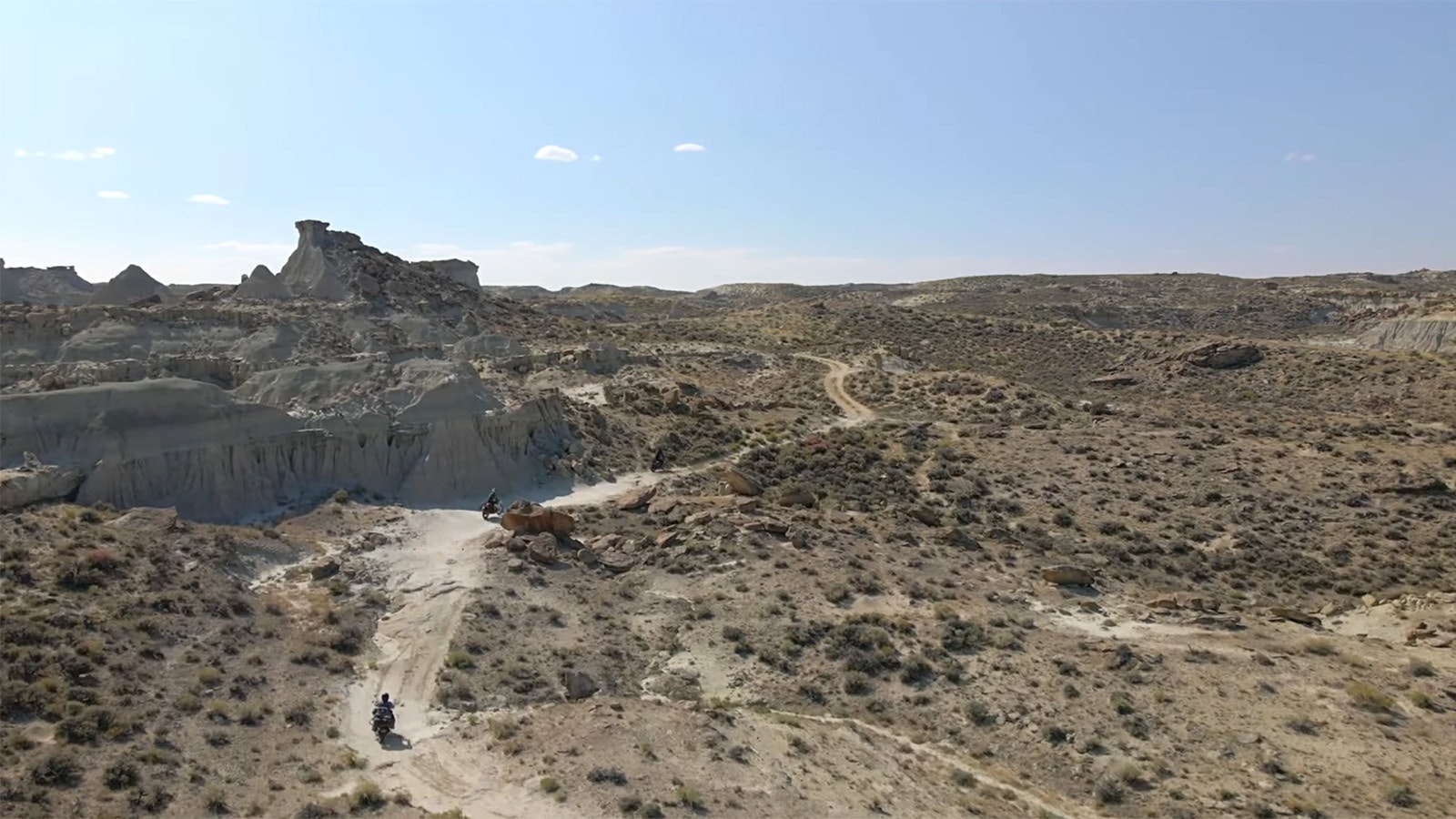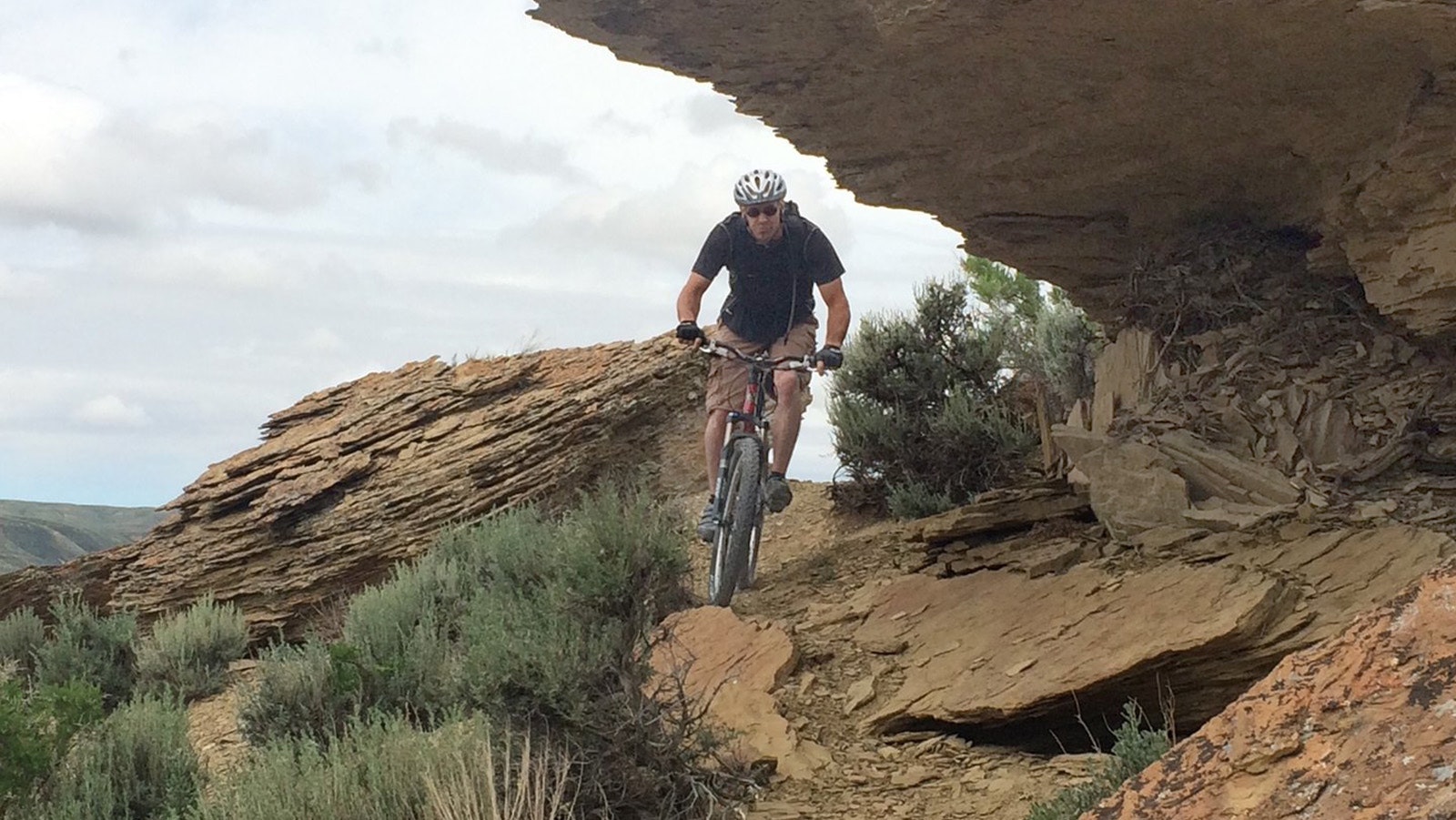Pinedale, Wyoming, is poised to double in size by 2040, growth that Town Councilman Scott Kosiba believes is due in no small part to the strength of a rapidly growing outdoor recreation economy.
Call it a new economic model for boom towns, one driven in part by wealthy remote workers who can locate where they like to play, instead of just where they work.
It’s a trend Teton County has been leading, both in Wyoming and the nation, but it’s not just limited to Jackson Hole. Wyoming has lots of places with attractive outdoor amenities, and any of them might also experience growth as people discover them.
“That is great for us,” Kosiba told a panel of outdoor tourism leaders in the state Friday at the 2025 Wyoming Outdoor Recreation Summit in Laramie. “However, I do encourage you in the Legislature to consider the infrastructural challenges that our municipalities are facing as we grow.
“We’re losing revenue this year, and we’re trying to build curb and gutter (and) water and sewer.”
The town’s high-dollar infrastructure projects include a $12 million wastewater facility, Kosiba said, which the town’s hotel industry is counting on. Meanwhile, Pinedale also needs more affordable housing to handle expected population growth.
That’s also dependent on the community having adequate water and sewer to meet demand. That’s going to be doubly hard to manage now thanks to recent property tax cuts, Kosiba suggested.
“So, as we see more people who are moving from Teton County to Sublette County, and from Lincoln County — Alpine especially — into Sublette County, we are struggling as a municipality,” he said. “Not only to move toward the future and capitalize on the economic opportunity that’s in front of us, but we’re also facing these substantial structural challenges.”
Multimillion Injection Coming For Outdoor Rec
That’s something Kosiba and others who gathered at the summit say they hope will be kept in mind by lawmakers as they’re formulating future budgets and by members of the state’s Outdoor Recreation and Tourism Trust Fund as it nears an important date.
Come July 1, the trust fund will have at least $2 million to inject into the state’s already rapidly growing tourism and recreation industry.
Outdoor tourism grew an average 4.5% a year since 2012, but really took off in 2022, growing 33% year-over-year from 2021, according to figures from the University of Wyoming’s Jay Kemmerer WORTH Institute. In 2023, outdoor recreation made up $2.2 billion of the state’s $4.8 billion tourism economy.
The Outdoor Recreation and Tourism Trust Fund money isn’t necessarily just for things like new trails or amenities, though that was part of the vision. The fund also was billed as protection from overuse or degradation by tourists.
Kosiba sees challenges ahead for all of these goals, particularly given recent cuts at the federal level.
“People are coming to Pinedale and staying in town because they want to go into the (wilds),” he said. “They want a snowmachine for the pass. They want to go hunting and fishing.
“But if there aren’t people on the ground to protect that resource, to clear those trails, and to keep our campgrounds open and to pump our toilets, that will absolutely have an impact on what we’re talking about here.”
Kosiba said he appreciates everyone on the Outdoor Recreation and Tourism Trust Fund for being “forward thinking” and figuring out ways to diversify the state’s economy and grow the outdoor recreation space.
“But I do urge you to think about the infrastructural implications for our municipalities, for our counties,” he said. “Because we’re all struggling.”
New water and sewer aren’t “sexy” like building trails and new amenities, Kosiba acknowledged.
“But it’s part of the bigger picture,” he said. “And if we need $40 million to grow our municipality so that we can serve our citizens and support our local businesses and we’re looking at substantial funding cuts, it makes it tremendously awkward.”
State’s Budget Stalemate Will Get Resolved
State Rep. Jeremy Haroldson, R- Wheatland, said these are problems he and other state lawmakers realize are looming.
“The infrastructure in the state of Wyoming is old,” he said. “So we as a Legislature need (to) understand that the best is yet to come and not in a good way.
“I mean, we’re going to see a lot of sewer plants. We’re going to see a lot of water lines. We’re going to see a lot of water towers in the next 10, 15, 20 years, because this is the world we live in. Absolutely.”
Haroldson added that he believes the economy is still suffering from effects that started during the COVID-19 pandemic, inflation in particular.
“These are the battles we’re fighting,” Haroldson said, adding that he believes the budget stalemate between the House and Senate will get resolved in the next legislative session.
That budget had increased Mineral Royalty Grant funds in it, he added, which get used for a variety of situations, including helping communities across the state provide essential public services like sewer and water.
“I can give you 100% confidence … we will fund that moving forward, if I have anything to say about it,” he said. “Because it is the backbone of our little communities, and it is really hard if the sewer’s backing up in your business and the place stinks for people who are going to want to come in. I mean, it trickles into everything.”
Federal cuts, Haroldson acknowledged, have been “deep” in Wyoming.
“If there’s a point where there’s going to have to be a rebuild, I believe the states can be part of that rebuild as we come out of it,” he said.
National Questions Tie Into Wyoming’s Future
Gabby Yates of Riverton, meanwhile, wondered about talk at the national level of selling public lands and how that may affect Wyoming’s ambitions when it comes to building out its outdoor tourism economy.
“(That’s) one of the things that keeps me up at night,” she said. “The rhetoric going on about the sale of public lands. A lot of that is at the national level right now, but it’s also at the state level as well.”
She fears the impact such a sale might have on businesses whose customers are coming to the state to enjoy public lands, and asked if the state is really thinking about the implications for “future generations if they don’t have access to the same landscapes that we have right now.”
The topic is actually one that has come up before, Fremont County Commissioner Mike Jones told her. Jones is also a member of the Outdoor Recreation and Tourism Trust Fund Board.
“If you want some reading to put you to sleep, go back and look at the 2013 legislative conversation here in Wyoming about public lands and whether we could manage them,” he said. “It’s a really fascinating conversation, and it will continue.”
Wyoming has long had a sort of two-faced attitude about the federal government, Jones added.
“We kind of have one foot in on hating the federal government, but loving that half our budget comes from that,” he said.
At the end of the day though, Jones believes whatever happens to public lands, Wyoming has to stay very focused on the outcomes it wants to see.
“To me, I’m pretty pragmatic,” he said. “I don’t care who is in charge of it, but they’d better take care of it.”
Jones said trail building is a popular topic of conversation at events like the outdoor recreation summit where he was speaking. But he feels that fishing, hunting and guiding are all bigger contributors to the state’s economy.
“We don’t want to be messing with that,” he said. “But, if we can keep our heads about us, (these are) good conversations.”
Renée Jean can be reached at renee@cowboystatedaily.com.












